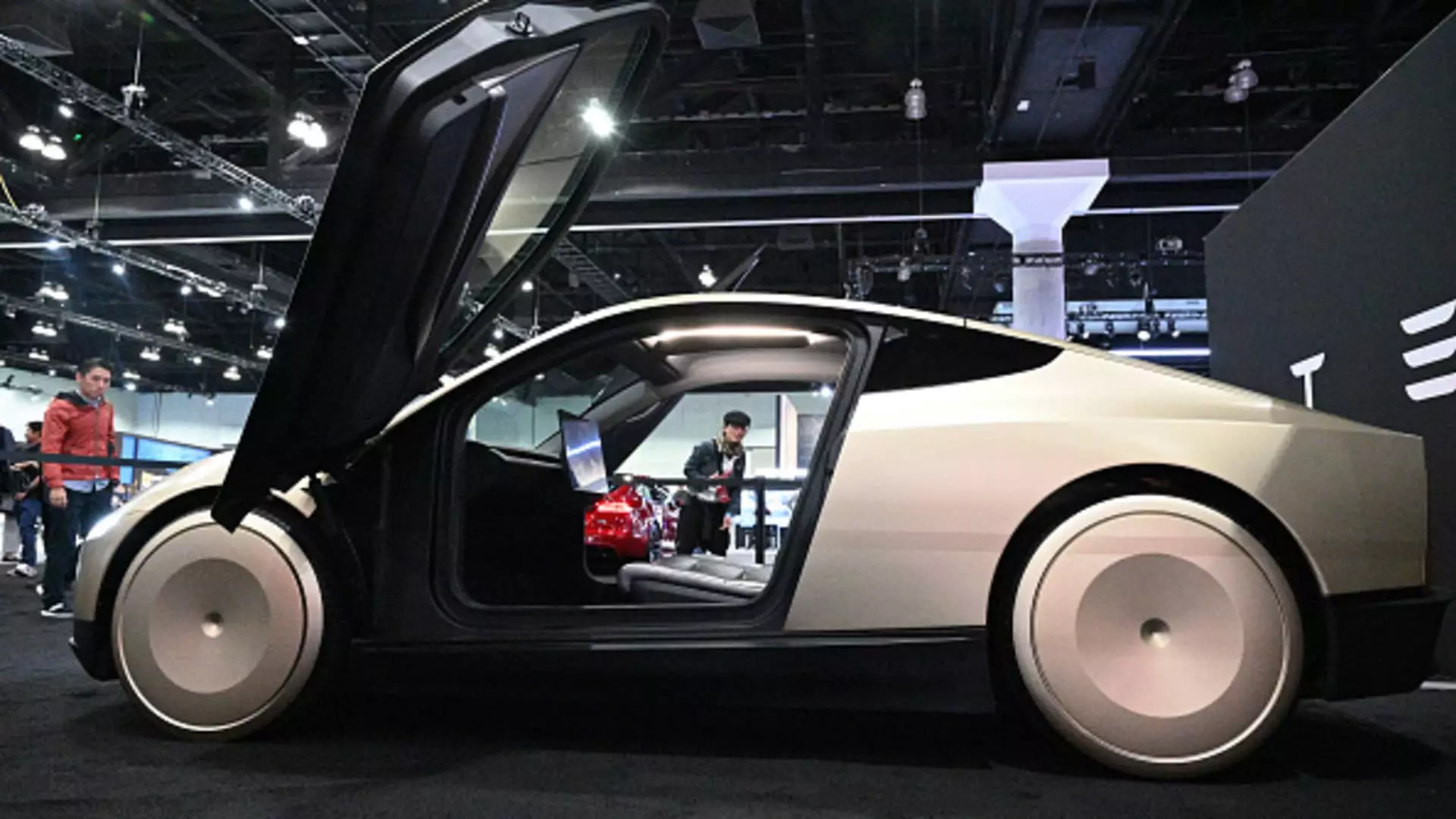In a bold move toward embracing innovation, California is charting a definitive course in the realm of autonomous vehicles (AVs). The state’s Department of Motor Vehicles (DMV) has announced its intention to introduce a comprehensive set of regulations aimed at overseeing the deployment and testing of self-driving vehicles, ranging from nimble robotaxis to colossal driverless trucks. This initiative aims not only to enhance public safety but also to stimulate uneasiness within an industry poised on the edge of a technological revolution. The ambitious regulations reflect a clash between groundbreaking advancements in AV technology and the inherent risks, making the stakes incredibly high for all stakeholders involved.
Public Engagement: The Heart of Regulation
The California DMV’s recent announcement also shines a spotlight on the necessity of public input in regulatory frameworks. Initiating a 45-day commentary period allows citizens, experts, and industry leaders to voice their perspectives on these transformative rules. This democratic approach is commendable, but one can’t help but ponder: will the voices of everyday citizens have a real impact, or will they be drowned out by the corporate giants like Waymo and Tesla? California’s move to involve the public could set a precedent for how regulatory measures are shaped in the future, but this requires genuine attentiveness rather than mere tokenism.
Regulatory Complexity: The Path to Deployment
Under the proposed guidelines, companies must navigate a labyrinth of permits to progress from human-supervised testing to fully autonomous deployment. This meticulous pathway appears necessary to ensure safety but raises concerns about bureaucratic red tape potentially hampering innovation. As outlined, would-be AV makers must first secure a testing permit that requires human oversight, amassing specific mileage before earning the coveted final deployment permit. This multi-tiered system could foster a sense of accountability; however, it might also inadvertently stifle creativity in an industry characterized by rapid evolution. One can argue whether these regulatory barriers enable thorough safety assessment or merely create hurdles that limit experimentation and agility.
Industry Giants in Flux
As Tesla’s stock rallied—countering recent downturns linked to wider economic fears—the company finds itself facing heightened scrutiny in California. Despite its pioneering status and vocal promises of driverless vehicles, Tesla lacks the necessary permits to deploy AVs in its home state. This awkward position juxtaposes it against rivals such as Waymo, which has successfully launched its robotaxi services across urban landscapes. The disparities in regulatory approvals raise questions of equity in how the DMV operates within the landscape of AV technology. Will newer entrants find themselves at a disadvantage due to the concentrated regulatory power held by established players?
The Clash of Innovation and Safety
California’s proposed regulations emerge in a climate where trust in tech continues to be a nuanced conversation. The commitment to transparency through new data-reporting requirements marks a critical juncture for AV manufacturers, particularly following concerns about safety and the integrity of advanced driver-assistance systems. Tesla’s ongoing legal battles for alleged deceptive marketing practices serve as a cautionary tale for the industry—a grim reminder that the road to innovation is laden with ethical dilemmas and potential pitfalls. It becomes imperative that companies balance their enthusiasm for technological progress with a sincere commitment to public safety standards.
The Broader Implications: Innovation at Stake
As the world watches California’s experimental approach unfold, the broader implications stretch far beyond state lines. The push for robust regulation could serve as a model—or detour—for other jurisdictions pondering the embrace of AV technology. This groundbreaking move is poised to either meet the moment, enriching a thrilling sector, or attract disdain, quelling the very innovation it seeks to inspire. The balance of regulation and innovation will define not just the future of transportation but also the ethical parameters within which tech operates in society. In this interplay of forces, the hope is that California emerges not just as a haven for self-driving vehicles but as a champion for responsible and inclusive technological advancement.

Leave a Reply